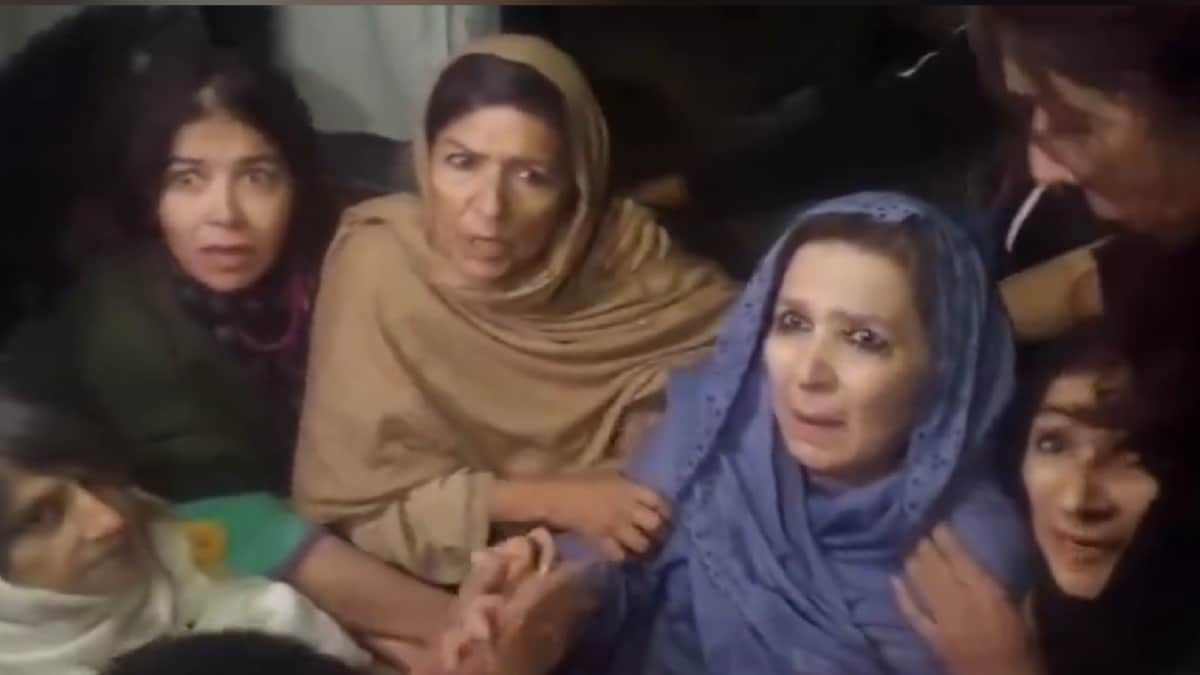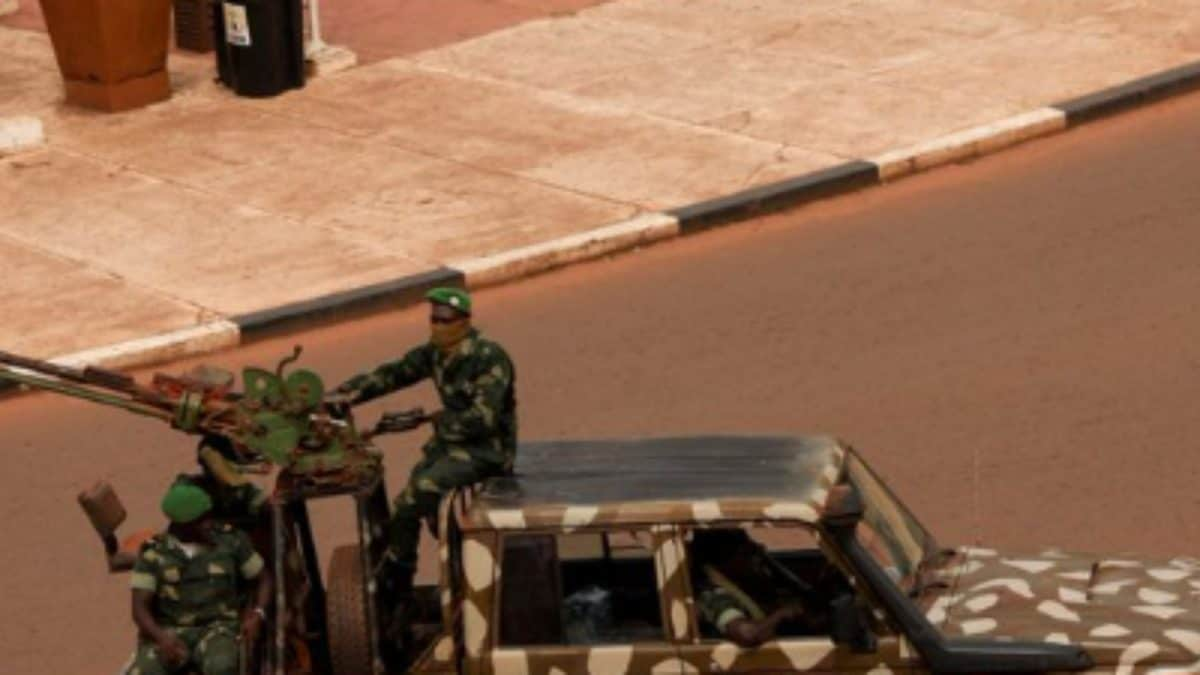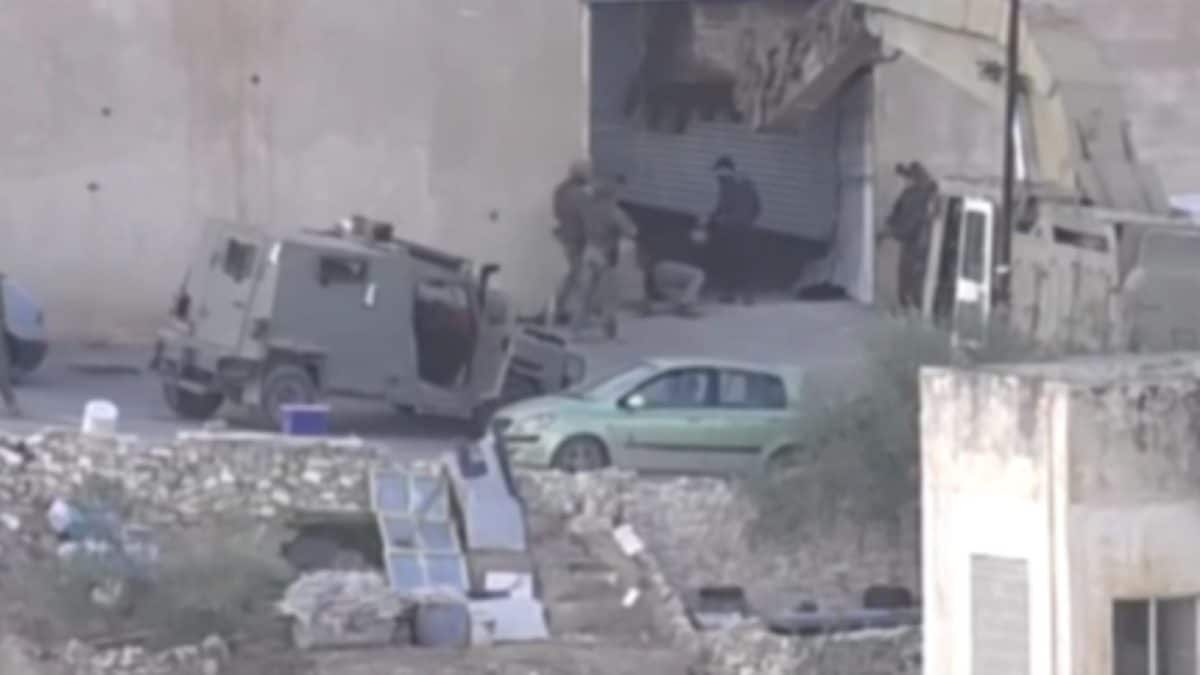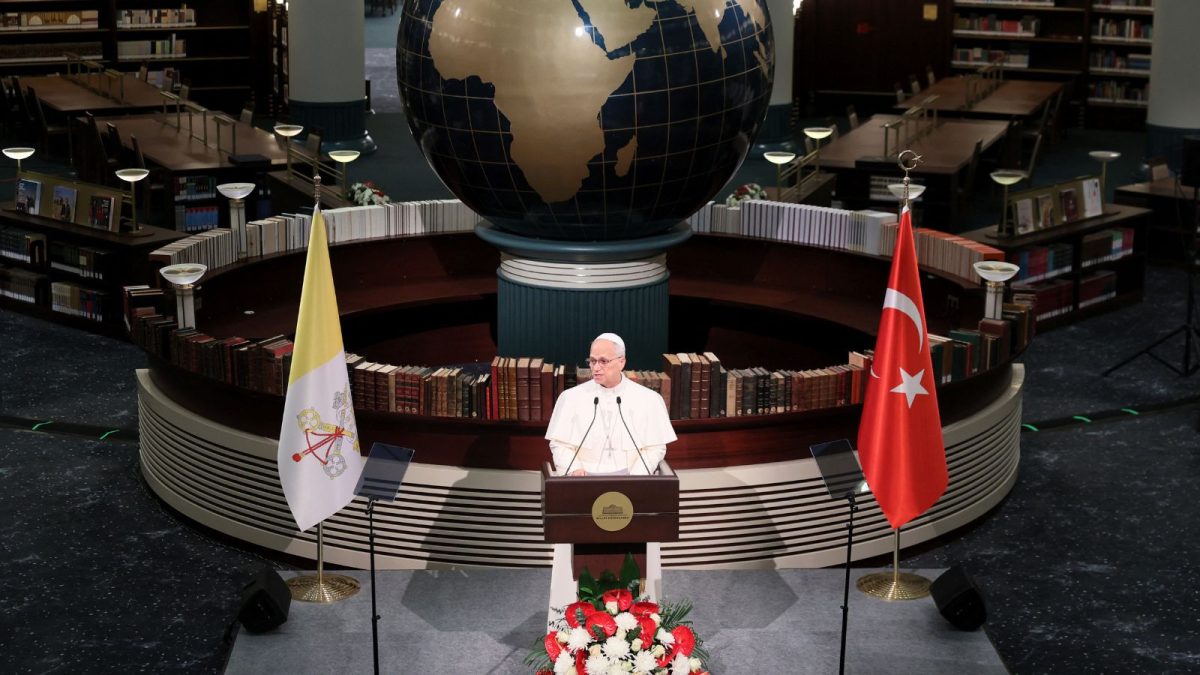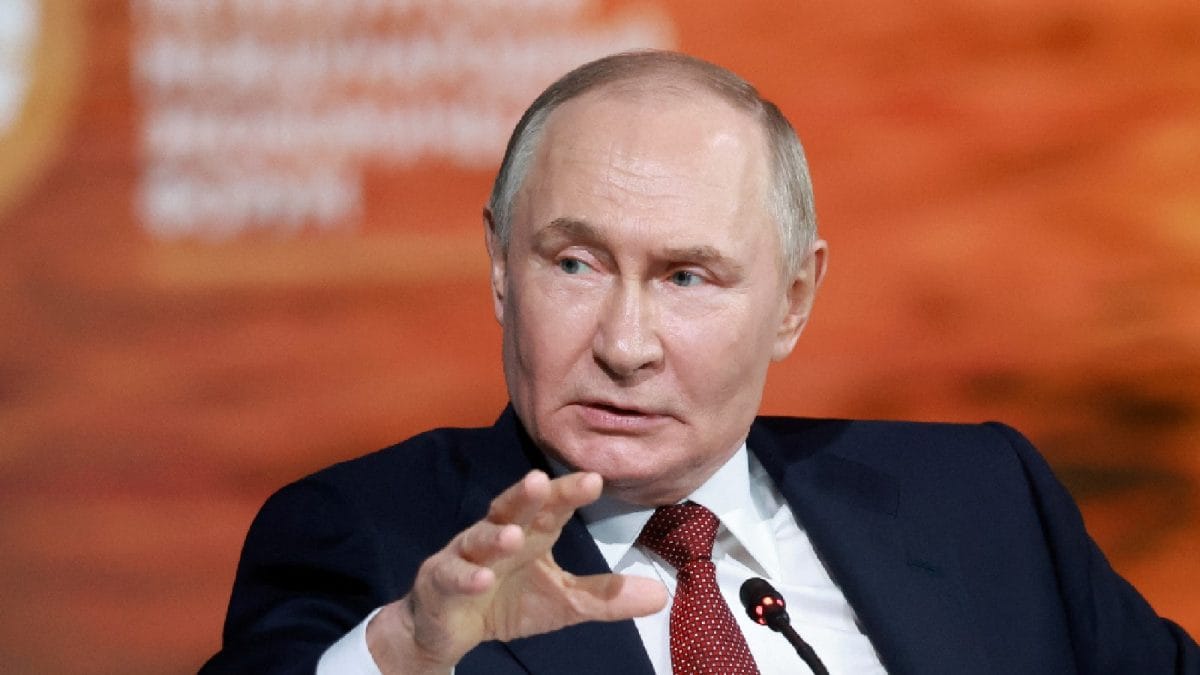Last Updated:October 07, 2025, 23:44 IST
As the war enters its third year, the conflict remains a complex entanglement of tragedy, military achievement, moral crisis, and political instability

Thousands of people gathered in Israel's Hostages Square to demand the safe return of all hostages. Image/X
Two years have passed since the devastating Hamas-led attack on Israel on October 7, 2023, a day that resulted in the killing of approximately 1,200 people and the abduction of 251 hostages, creating a trauma that continues to profoundly affect the nation. Today, 48 hostages are still believed to be held, with only about 20 presumed alive, serving as a constant leverage point for Hamas.
The subsequent war, launched by Israel in Gaza, has resulted in massive casualties and destruction. According to figures from Israel’s Defense Ministry, the total number of Israeli personnel killed since the outbreak of the war stands at 1,152, a figure encompassing soldiers, police, security agents, and civilian officers who died from October 7, 2023, onward. Tragically, approximately 42% of these fallen were under the age of 21. The conflict has added over 6,500 family members to Israel’s circle of bereavement, including 1,973 parents and 885 children.
For the Palestinian enclave of Gaza, the humanitarian toll is catastrophic. Israel’s campaign—which began with an air campaign on October 8, 2023, and culminated in a full-scale invasion on October 27, 2023—has, by the conservative estimates of the Hamas-run Health Ministry, killed at least 66,000 people, with roughly 80% being civilians, and injured about 169,000. agencies suggest the true death toll is likely higher. The Israeli-imposed “total blockade" has led to an acute famine across large parts of the territory, reportedly killing at least 450 people, including 150 children. The destruction is near-total, with the Organization for Migration reporting that 90% of homes have been destroyed or damaged, internally displacing 1.9 million of the 2.1 million residents.
War Goals vs Reality
Israel’s Prime Minister Benjamin Netanyahu set two primary objectives for the war: to recover all hostages and to destroy Hamas’s military and governing capabilities. Two years on, neither goal has been achieved in its entirety.
Hostage Recovery: The continued captivity of 48 hostages underscores the failure to fully achieve the first objective.
Destruction of Hamas: While Israel has made significant military inroads and has successfully eliminated several top Hamas leaders, including the mastermind of the October 7 attack, Yahya Sinwar (killed in October 2024), and political leader Ismail Haniyeh (killed in Tehran in July 2024), the group remains functional and continues to operate. This is despite the fact that only a few countries, including the US and the EU, officially designate Hamas as a terrorist organisation, while the UN has yet to do so.
Isolation and Regional Shift
The conflict has led to unprecedented international isolation for Israel. In December 2023, South Africa brought a case before the Court of Justice (ICJ), accusing Israel of violating the UN Genocide Convention. Furthermore, the Criminal Court (ICC) issued arrest warrants in November 2024 for Prime Minister Netanyahu and then-Defense Minister Yoav Gallant on charges of war crimes and crimes against humanity, actions that the Israeli government vehemently rejected. Adding to this, an independent UN inquiry in September concluded that Israel had committed genocide against Palestinians in Gaza—a finding that Israel also rejects.
Simultaneously, the war has metastasised into a regional conflict, with Iran-backed proxies—Lebanon’s Hezbollah and Yemen’s Houthis—standing in solidarity with Hamas. However, Israel has inflicted devastating blows on these opponents:
Hezbollah: The group suffered major losses, including the assassination of its longtime leader, Hassan Nasrallah, in a September 2024 explosion in Beirut, and other coordinated attacks.
Iran and its Allies: Airstrikes against Iran’s nuclear facilities in June (reportedly with US assistance) and the assassination of Haniyeh in Tehran deeply embarrassed the Iranian regime. The toppling of Syrian ruler Bashar al-Assad by rebels in late 2024 deprived Iran of another key regional ally.
These actions have severely weakened Israel’s primary regional opponents, establishing a clear—though costly and globally contested—Israeli military primacy in West Asia. Yet, this military dominance is juxtaposed with a deeply fragmented Israeli society and a palpable shift in global public opinion towards the Palestinian cause and the two-state solution.
The Hope for Peace: Trump’s 20-Point Plan
The core question now is whether the latest diplomatic effort can end this protracted war.
President Donald Trump’s 20-point Gaza peace plan, unveiled in September, aims to achieve a ceasefire, hostage release, and the demilitarisation of Gaza. The key components of the proposal include:
Immediate Ceasefire and Hostage Release: Israel would withdraw its forces to an agreed-upon line, and all hostages would be returned within 72 hours of Israel’s public acceptance. In exchange, Israel would release 250 life-sentence prisoners and 1,700 other Gazan detainees.
Demilitarisation and Amnesty: Gaza is to become a “deradicalised terror-free zone". Hamas members who commit to peaceful co-existence and disarm would be granted amnesty; others would be given safe passage out of Gaza.
Governance and Reconstruction: Gaza would be governed by a temporary transitional body—a “technocratic, apolitical Palestinian committee", supervised by an international “Board of Peace", chaired by Trump himself. An “economic development plan" would also be created to rebuild the territory.
While Hamas has partially accepted points regarding the hostage release, Israeli withdrawal, and the surrender of power, they have pushed for further negotiations on key points, particularly the request to disarm. The plan’s feasibility hinges on bridging this gap between Israel’s commitment to eliminating the threat of Hamas and the latter’s willingness to relinquish its military structure.
As the war enters its third year, the conflict remains a complex entanglement of tragedy, military achievement, moral crisis, and political instability. The fate of Gaza and the entire region may now rest on the success or failure of the Trump peace initiative to achieve what two years of brutal conflict could not: a conclusive end to the fighting and a durable political resolution.
First Published:
October 07, 2025, 23:44 IST
News world Endless War, Elusive Peace: Two Years After 'October 7', Israel's Goals Still Unmet
Disclaimer: Comments reflect users’ views, not News18’s. Please keep discussions respectful and constructive. Abusive, defamatory, or illegal comments will be removed. News18 may disable any comment at its discretion. By posting, you agree to our Terms of Use and Privacy Policy.
Read More

 1 month ago
1 month ago


